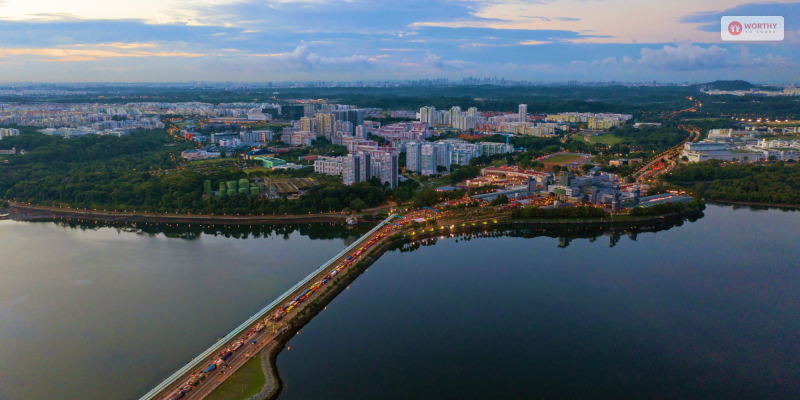Is it quite surprising for you to know that Singapore, at one point, was a part of Malaysia? Please read the article to discover Singapore’s history and how the merger and the separation influenced it!
The federal governments of both countries came together for the merger, and it was announced in November 1961! However, increasing riots led to concerns about political talks for a merger.
In the article, I will discuss the background of the merger between Malaysia and Singapore so that you get to know the history of Singapore and why it separated from Malaysia later. You must know more about the political gap that separated Malaya and Singapore.
Did You Know That Singapore And Malaysia Were The Same Country Till 1965?
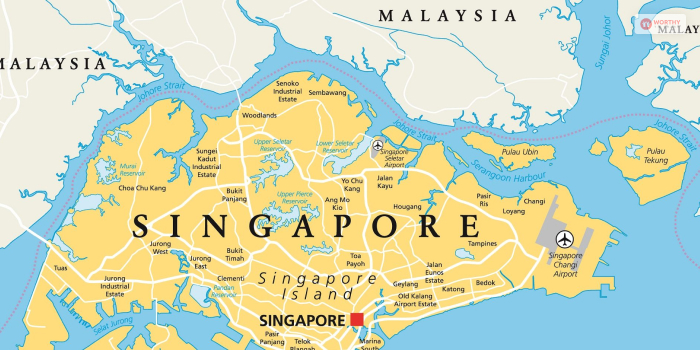
Why did Singapore leave Malaysia, especially after they were in the same country till 1965? Do you wonder why that happened? And why, in the first place, did the merger of the two countries happen?
You must read the article in detail to discover further information related to the merger. The fundamental clashes concerning political differences between the two countries have further contributed to the separation.
Singapore’s inclusion in Malaysia started in 1961, and the union needed some stability; however, the economic and political differences created further challenges. The merger went on to last for 23 months, leading to the separation of the two countries.
Merger Between Singapore And Malaysia!
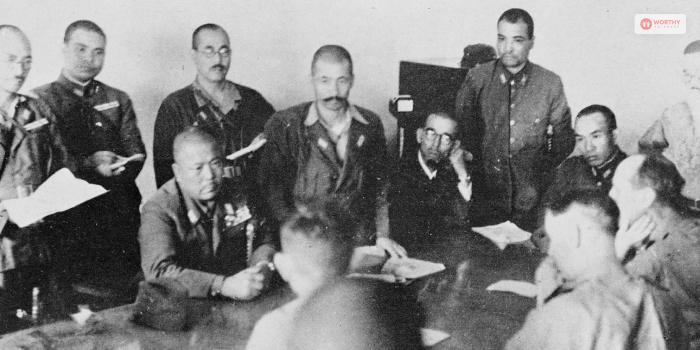
Read the article to learn about the reasons for Singapore and Malaysia’s political status, due to which, in 1965, the two countries separated communally. But before that, you need to learn about the merger and the historical background of the two countries.
Singapore became a part of Malaysia due to its broader scope in both economic and political growth. The People Action Party of Prime Minister Lee Kuan Yew believed Singapore would benefit from political and economic stability from Malaysia.
For long-term development, Malaysia is a bigger country, so Singapore would benefit from it because Malaysia is a resource-rich country. Singapore needed more natural resources, a limited land area, and a huge Chinese population.
Challenges
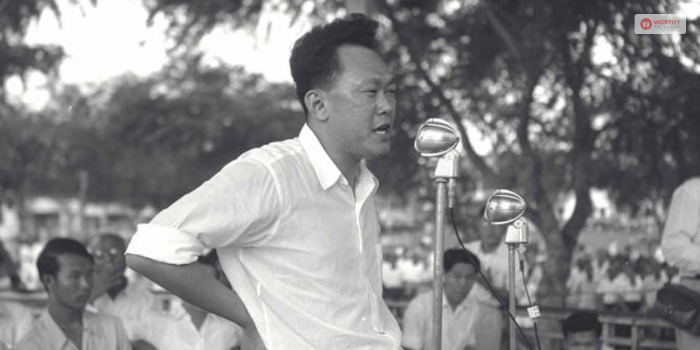
When Prime Minister Lee Kuan Yew addressed his people in his inaugural speech in 1954, he clearly supported the Malaya and Singapore union. However, several challenges have been identified in this historic step.
The first severe challenge observed was the political difference between the political values and ideologies of the ruling United Malays National Organization (UMNO) and the People Action Party (PAP). The policies protected their citizens, leading to disagreements and tensions.
Soon, the two countries were ridden with disagreements, riots, and chaos concerning economic policies, citizenship rights, and language policies. Further, there are other differences and gaps which I will discuss so that you can understand the reason behind the separation of the two countries.
Social differences

According to some Malay leaders in Malaysia’s authoritative position, the predominantly Chinese population will dominate and dilute the Malay culture. Malaysia’s population includes Indian, Chinese, Malay, and other ethnicities.
The Malay communities started feeling threatened by the influx of the Chinese Majority with the merger between Singapore and Malaysia. These assumptions led to severe tensions along with suspicion among the people!
Concerns about citizenship and language policies made the position of Malays further complicated in Singapore.
Political Disparity
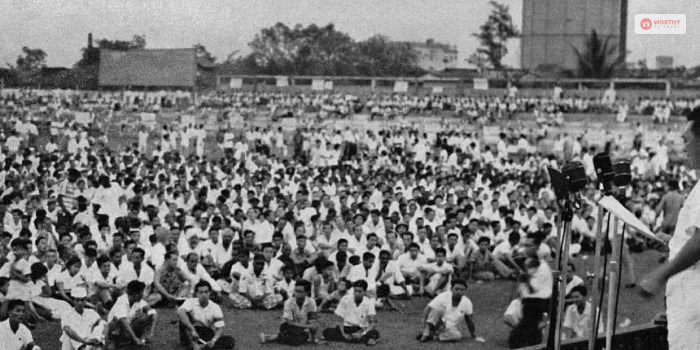
The suspicions about the cultural and ethnic gap bled into political relations between the two countries! Malaysia cited irreconcilable differences with Singapore and expelled it from the Federation in 1965.
Singapore became a fully self-ruling state in 1959 within the British Empire, thus gaining self-governance. After facing several challenges, the federal government of Singapore decided they would join Malaysia. However, this led to further issues.
The social tension and cultural gap led to political disturbances, where Malaysia suddenly forced Singapore to become an independent nation. People in Singapore felt apprehensive and were unsure how they would survive independently.
Economic Gap
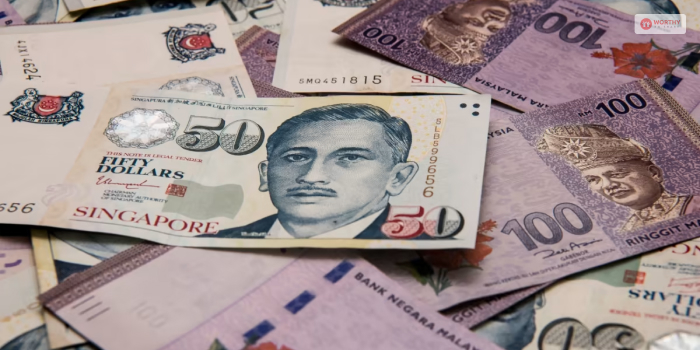
The economic gap between the two countries was huge nationwide and among the people. The disparity was quite apparent, especially because the two countries differed.
Malaysia had an abundant collection of natural resources along with huge land areas while Singapore was developing and prospering due to the trading port. A diverse economy that brings together the nation on its own accord is disparate in the two countries.
This led to a strained relationship between Singapore and Malaysia! The politicians of Malaysia tried to dominate Singapore, especially with their economic superiority. The gap in their financial status has further fueled the strained relationship between the two nations.
Read Also: Flat Earthers: Meet The People That Believe The Earth Is Flat
Historical Analysis Of Why Singapore Left Malaysia!

The two nations went through their path of development as both Malaysia and Singapore experienced disparities concerning social, cultural, economic, and political differences. These disparities, however, contributed to helping the nation take shape toward growth.
Within a concise period, Singapore created its brand as a global success story after being left alone by Malaysia due to cultural and ethnic insecurities. The political turmoil created difficulties for the merger of the two nations.
However, in the long run, the nation-building process has become more effective, including all complexities! Read about the aftermath of the separation!
Aftermath Of Separation!
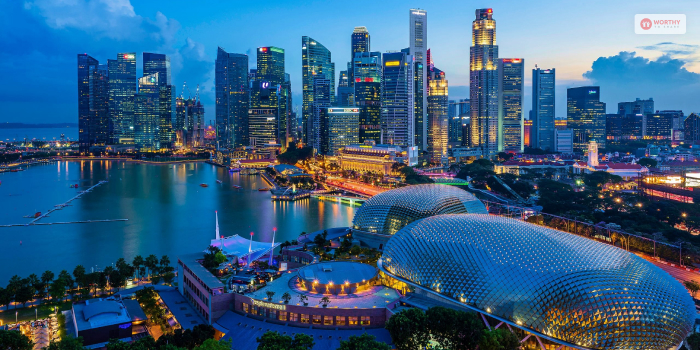
When evaluating the separation between Singapore and Malaysia, it is important to understand why they came together. Clearly, Singapore was trying to take advantage of Malaysia at a certain point due to its severe economic shortcomings.
Singapore needed more natural resources and limited economic prospects as an independent state. The separation made it quite difficult for Singapore to take care of the citizens, along with a confused leadership. However, this separation was a stepping stone towards growth and development.
Singapore made a remarkable journey towards economic development and nation-building under the leadership of Lee Kuan Yew and his government. The policies they developed were positive towards business integration and pragmatic!
The country performed well in creating infrastructure that supported trade and education! After building a financial center, the government got connected with foreign investments and developed its own reputation! The importance was that of an efficient and corruption-free country.
Singapore On Its Own…
Now that you know that Singapore was a part of Malaysia, it might seem like a completely different time and place, considering the development of the two nations has been much further. A policy of multi-racialism has been observed that encourages diversity in both countries.
Pragmatism and inclusivity are integrated with a developed national identity among all citizens in both countries.
Comment down below on something weird that you have heard about Singapore.
Read Also:

